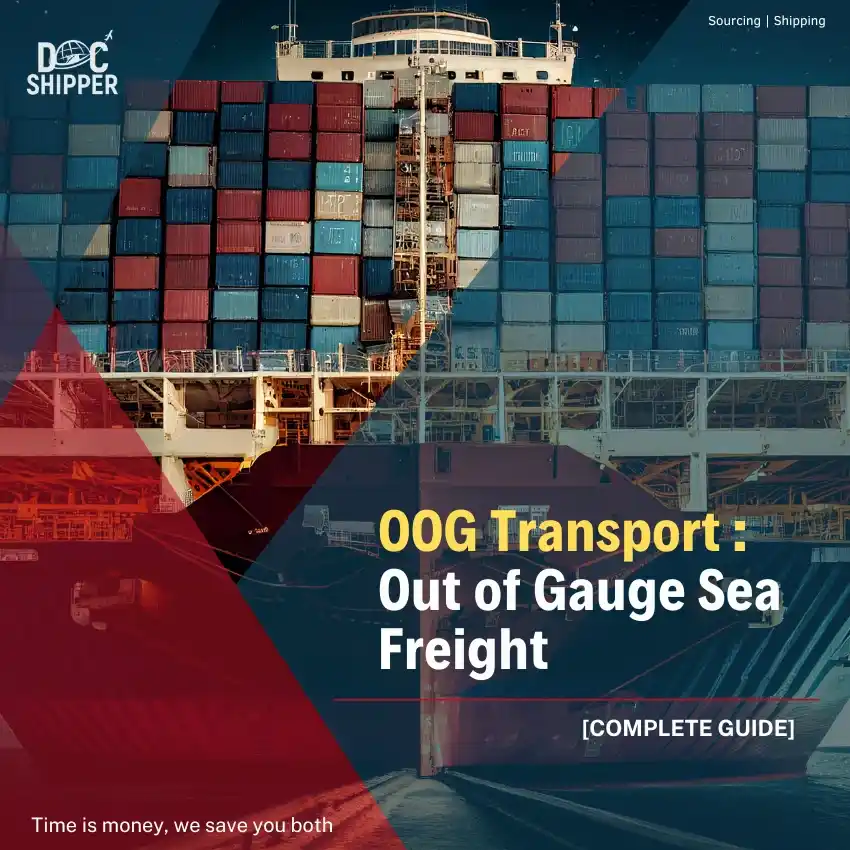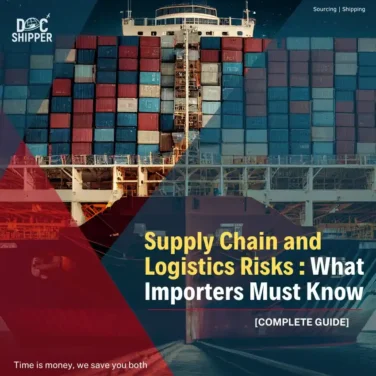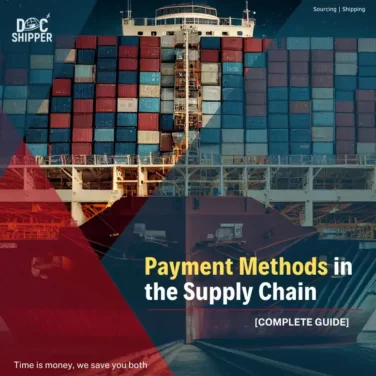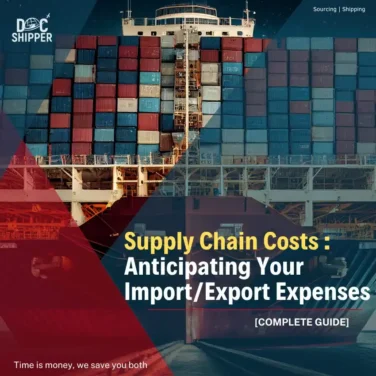In international logistics, not all products fit into a standard 20- or 40-foot container. Industrial machinery, construction equipment, and even some automotive parts exceed usual dimensions and require special handling. This is where OOG (Out Of Gauge) sea freight comes in.
At DocShipper, we support companies every year facing these oversized shipments. Our mission is to find the safest, most cost-effective, and fastest solution to move your OOG cargo across the globe.
Need help ? → Get a free quote in 24h
What is OOG (Out Of Gauge)?
The term OOG refers to cargo that exceeds the dimensions of a standard container, whether in width, height, or length. It cannot be loaded into a conventional container and must therefore use specialized equipment.
Examples of OOG cargo include heavy industrial machinery such as presses, turbines, or generators, construction equipment like bulldozers, cranes, and excavators, special vehicles including trucks, yachts, or agricultural machinery, as well as modular steel structures.
DocShipper Alert
Note: Even cargo that exceeds standard dimensions by just a few centimeters can already be considered OOG. Always check exact dimensions, including packaging, before planning the shipment.
Unlike breakbulk cargo, which is loaded directly into the ship’s hold, OOG is still handled on the basis of containers but with specific adapted equipment.
OOG Equipment in Sea Freight
There are several solutions to handle an OOG shipment. The choice depends on the dimensions, weight, and nature of the cargo.
- Flat Rack Container
A container without side walls or roof, but with two rigid ends. It is ideal for heavy and bulky loads. The main advantage is easy handling with cranes, but the downside is exposure to weather. Flat racks are the most common solution for OOG cargo, but since they expose shipments to rain and humidity, sensitive goods may require protective treatment or specialized packaging.
DocShipper Advice
Flat racks are the most widely used solution for OOG cargo, but they leave shipments fully exposed to rain, humidity, and salt. If your cargo is sensitive to corrosion, consider additional protective treatment or reinforced packaging.
- Open Top Container
A standard container with the roof replaced by a removable tarpaulin. It suits cargo that is slightly too tall for standard containers. Its advantage lies in partial weather protection, though it offers less capacity than flat racks. - Platform Containers
A container base without walls or ends. It is suitable for extremely heavy or long items and is primarily used for project cargo.
From China to Your Doorstep.
We Cover Everything.
Simple, cost-effective, secure international transport managed by a single point of contact.


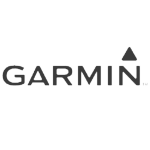


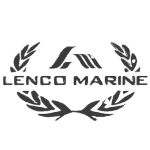
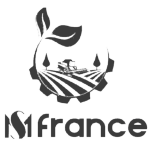







The Logistical Challenges of OOG
Transporting OOG cargo is not just a matter of space. Each shipment comes with specific challenges:
Specialized handling is required, with cranes and adapted lifting equipment. Certain ports do not accept all OOG formats, which adds operational constraints. Cargo must be secured with reinforced lashing and bracing to ensure safety. Local regulations may impose permits and restrictions that vary from country to country. Finally, financial risks are higher, as poor anticipation can result in delays, penalties, and surcharges.
At DocShipper, we integrate these constraints from the quotation stage to ensure that our clients avoid unpleasant surprises.
OOG Costs and Surcharges
The price of OOG transport goes beyond the basic sea freight rate. Several surcharges are systematically added. These include overdimension and overweight surcharges charged by carriers, port handling fees linked to special terminal operations, inland transport and escort costs for oversized convoys, and additional insurance coverage due to the higher risks involved.
For instance, an industrial generator shipped on a flat rack may see its base cost doubled or tripled once port surcharges and inland fees are added. Do not underestimate inland transport costs: in some cases, road transport for an oversized convoy can be more expensive than the ocean freight itself.
DocShipper info
In certain cases, minor height excess can be handled with an open top instead of a flat rack. This adjustment can significantly reduce the overall shipping cost while maintaining safety.
Key Steps to Organize OOG Shipping
Successfully handling an OOG shipment requires careful planning. The main steps are as follows:
- Feasibility study: analysis of dimensions, weight, and technical constraints.
- Quotation and choice of equipment: flat rack, open top, or platform.
- Cargo preparation: bracing, packaging, and securing.
- Inland transport to port: specialized convoy and permits when necessary.
- Loading onto the vessel: lashing and inspection before departure.
- Customs clearance: documentation adapted to out of gauge cargo.
- Unloading and final delivery: secure handling at destination.

DocShipper’s Expertise in OOG and Project Cargo
Organizing an OOG shipment requires perfect coordination between multiple actors, including inland transporters, shipping lines, customs, and port handlers.
Why choose DocShipper? Because we bring solid experience in handling industrial projects and heavy equipment, backed by a global network of partners and port agents. We provide end-to-end management covering sourcing, sea freight, customs, and last-mile delivery. With both human expertise and digital tools such as our upcoming client platform, we ensure transparent tracking and reliable communication. DocShipper specializes in complex projects that require real logistical expertise.
Why Choose DocShipper
Lower risk, transparent pricing, and a single point of contact from pickup to delivery.
-
One single point of contactA dedicated consultant coordinating every step and keeping you informed.
-
9,200+ operations / 6,000+ clientsProven processes on China ↔ EU/US lanes (FCL, LCL, air, road, rail).
-
No hidden feesTransparent quotes and document guidance to avoid surprises.
Practical Tips for OOG Shipping
Always anticipate exact dimensions, including packaging. Compare options, as sometimes an open top may suffice instead of a flat rack. Do not overlook transport insurance, as it is crucial to protect your investment. Most importantly, work with an experienced freight forwarder like DocShipper, since a wrong choice can cost thousands in delays and penalties.
Conclusion
OOG transport is a fascinating but complex logistical challenge. Every detail matters, from the choice of equipment to regulations, lashing, and surcharges. To avoid costly mistakes and delays, working with a reliable and experienced partner is essential.
At DocShipper, we have made OOG shipments a core specialty. Whether you need to move industrial machinery, construction equipment, or any oversized cargo project, our team is ready to assist. Contact us today for a customized quotation on your OOG shipping.
Need help ? → Get a free quote in 24h
FAQ – OOG Sea Freight
OOG cargo, or Out Of Gauge, refers to any shipment that exceeds the standard dimensions of a 20- or 40-foot container. When a shipment is too wide, tall, or long, it must be loaded onto specialized equipment such as a flat rack, open top, or platform.
Breakbulk refers to goods loaded individually into the ship’s hold, while OOG still uses a container base, though adapted. This allows simpler handling, compatibility with container terminals, and sometimes cost optimization.
Typical OOG cargo includes industrial machinery, generators, turbines, cranes, bulldozers, trucks, yachts, agricultural machines, and large modular steel structures. It usually concerns goods that cannot be dismantled to fit into a regular container.
The cost depends on the exact dimensions and weight, the type of equipment required, handling charges at ports, inland transport, permits, and insurance. In practice, OOG shipments often cost two to four times more than a standard container shipment.
The main risks involve logistical complexity. Oversized cargo can be delayed due to port restrictions or regulations, can generate additional costs if underestimated, and is more exposed to damage if not secured properly. Partnering with an experienced forwarder minimizes these risks.
Yes. Oversized cargo is more exposed to weather, shocks, and handling issues. Dedicated cargo insurance is strongly recommended to cover both the value of the shipment and the risks of logistics operations.
DocShipper offers proven expertise in oversized cargo handling, an international network of partners, full-service management from sourcing to delivery, and transparent tracking via both our account managers and digital platform. Choosing DocShipper means securing efficiency, safety, and reliability for your OOG shipments.
Need Help with Logistics or Sourcing ?
First, we secure the right products from the right suppliers at the right price by managing the sourcing process from start to finish. Then, we simplify your shipping experience - from pickup to final delivery - ensuring any product, anywhere, is delivered at highly competitive prices.


Fill the Form
Prefer email? Send us your inquiry, and we’ll get back to you as soon as possible.
Contact us

